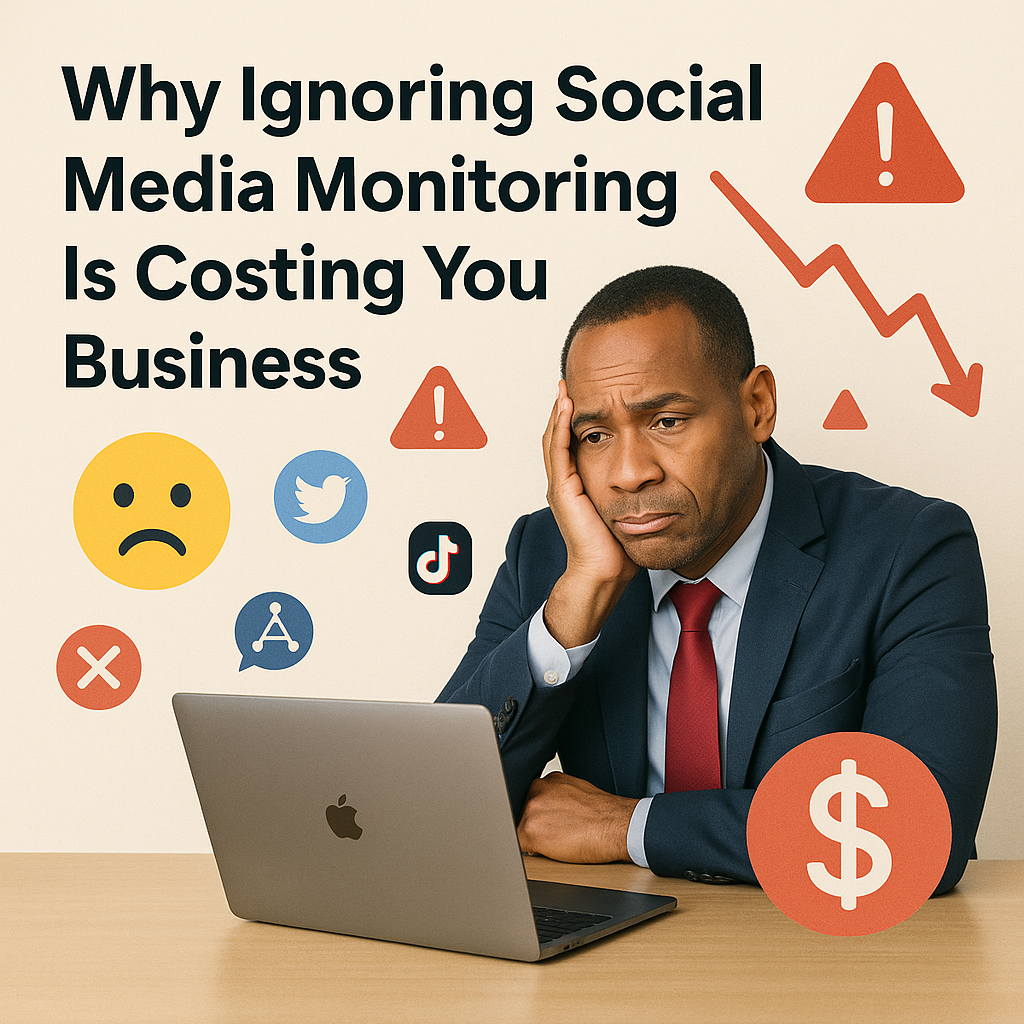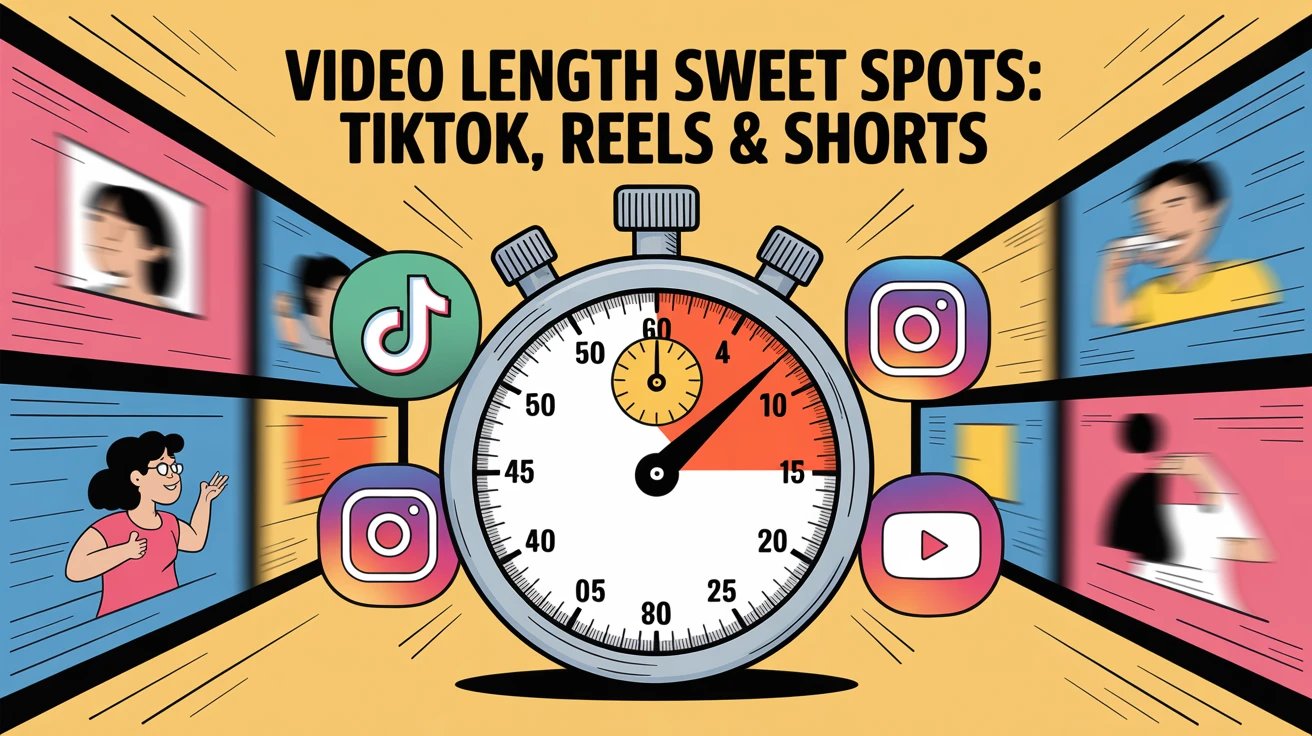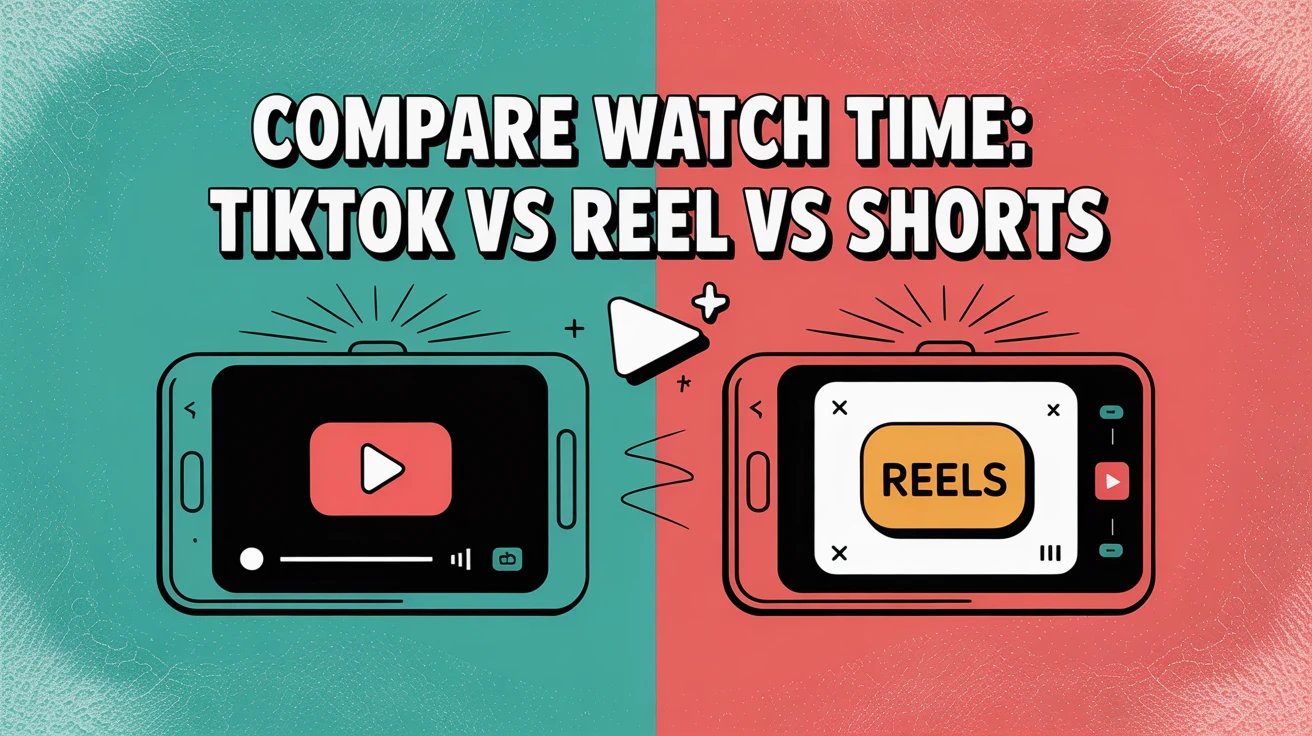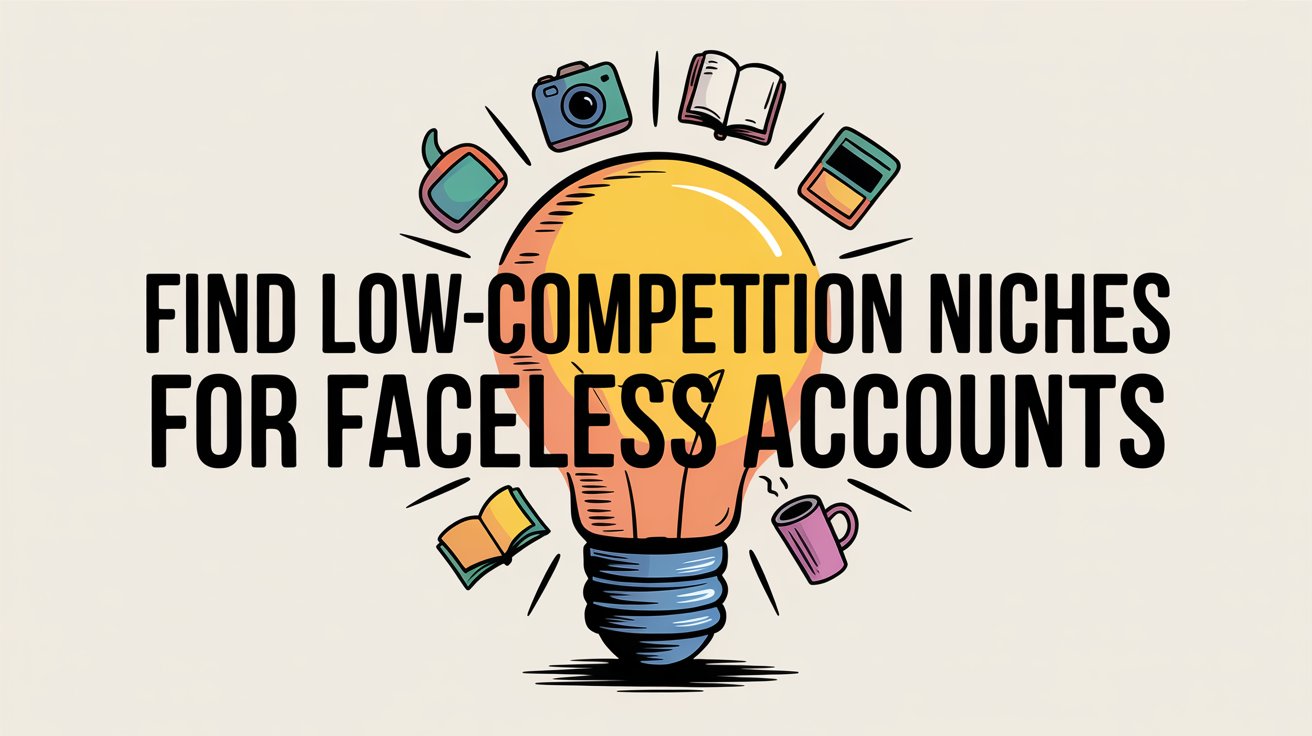In a world where conversations about your brand are happening 24/7, not paying attention is like willingly flying blind. Social media isn’t just a place for updates anymore; it’s a real-time pulse of your customers, competitors, and industry trends.
As a matter of fact, sales improved for over 70% of B2B marketers who utilized social media over the past year, proving the business value of engaging with and monitoring social platforms. Yet, many businesses still overlook this vital strategy.
Let’s explore how skipping social media monitoring hurts your business, and more importantly, what you can do to turn that around.
What Is Social Media Monitoring?
Social media monitoring tracks conversations, keywords, mentions, hashtags, and other activities across various social platforms.
It’s not just about basic metrics like likes and shares; it’s about understanding the “why” behind your audience’s behavior.
Think of it as your brand’s ears on the digital ground.
Social media engagement tracking helps you:
- Identify brand mentions (tagged or untagged)
- Analyze sentiment around your brand
- Uncover competitor activities
- Gauge public reaction to your campaigns
- Monitor trending topics relevant to your industry
Done right, it informs more intelligent decisions, faster responses, and stronger strategies.

The Real Costs of Ignoring Social Media Monitoring
Many businesses fail to realize that inaction carries a heavy price. Here are some of the biggest ways your business could be suffering without a strong social media monitoring strategy:
Missed Customer Feedback & Insights
Your customers are already talking about your brand, whether you’re listening or not. You risk losing customer trust and loyalty by ignoring feedback, complaints, or questions posted publicly.
More importantly, you miss valuable insights that could inform product development, support, and content.
For example, a retail company that ignored customers’ complaints about a defective product line lost significant business.
Customers aired their frustrations on social media, but because the company didn’t track these mentions, they missed an opportunity to engage and resolve the issue.
According to studies, 68% of consumers are willing to pay more for a service or product if the brand’s customer service is good.
Delayed Crisis Response
One unhappy customer tweet can spiral into a PR crisis. Without real-time social monitoring, you won’t catch the early signs.
Quick response is critical for reputation management, and without monitoring tools, you may not even know there’s an issue until it’s too late.
Losing Competitive Edge
Your competitors are likely watching the space closely. They’re adapting based on customer sentiment and trending topics.
If you’re not doing the same, you’re giving up market share quietly and steadily.
By monitoring your competitors’ mentions and public feedback, you can identify gaps in their products or services and find ways to leverage them for your brand.
For instance, if a competitor is facing customer dissatisfaction with a particular feature, you can jump on the opportunity and position your product as the better alternative.
Wasted Marketing Budget
Without proper social media engagement tracking and analytics, you’re essentially throwing money at campaigns with no idea what’s working. Monitoring clarifies what’s resonating with your audience and what needs adjustment.
For instance, a business that runs an ad campaign but fails to monitor the responses won’t know if the target audience finds the campaign appealing or if it’s falling flat.
Adjustments like changing the call-to-action or modifying the visuals could optimize performance if tracked in real-time.
Weak ROI and Growth Insights
Social media can be a goldmine for lead generation, brand awareness, and conversions. But without monitoring, you have no measurable way to prove or improve ROI.
When businesses skip monitoring, they often miss the full value of their social media marketing. For example, you may think that a campaign generated no leads because you didn’t track conversions from social platforms.
In reality, the engagement was high, but you failed to connect the dots. Social media analytics help make that connection clear.
How Social Media Monitoring Fuels Business Growth
Let’s flip the narrative. Here’s how businesses that embrace real-time social monitoring create impact:
Better Customer Experience
By identifying questions, complaints, or concerns early, you can jump in with helpful responses or fixes. That proactive support creates loyal customers and turns potential critics into advocates.
Consider a B2B SaaS provider that quickly responds to customers’ issues or frustrations shared on Twitter. By doing so, the company resolves the problem and showcases its customer-first mentality, building trust and credibility.
Proactively monitoring social media for customer service issues ensures you don’t let negativity snowball.
Data-Driven Decision Making
With social media analytics, you can make informed decisions based on actual behavior, not assumptions. It’s like getting a real-time focus group, but bigger, faster, and more honest.
Take the case of a travel company that uses social media to track customer feedback on their destinations. By noticing a surge of interest in eco-tourism, the company can pivot and focus on offering environmentally friendly travel packages to meet customer demand.
Smarter Campaigns
Through social media KPIs and monitoring, you can identify which content types, channels, and messages perform best. This allows you to optimize in real-time, rather than waiting until the end of a campaign cycle.
Nearly 45% of B2B marketers use social media shares as a key performance indicator to evaluate the effectiveness of their marketing strategies.
Competitor Intelligence
Your competitors leave digital breadcrumbs. What campaigns are they running? What complaints are their customers airing? This data gives you a roadmap to outperform them.
A good example is how a fitness equipment company could monitor competitor product launches and pricing strategies.
By observing their competitors’ shortcomings, such as lackluster customer service, the company can capitalize on providing superior service and positioning itself as the go-to choice.
Trend Awareness
With social media trend analysis, you’ll catch emerging topics, customer pain points, and seasonal patterns before your competitors do.
For example, during the rise of remote work trends, businesses that tracked social media conversations on flexible workspaces were able to launch new products and services to meet the growing demand, positioning themselves as early leaders in that space.

What Analytics Should You Track?
Here’s a shortlist of key things businesses should keep an eye on:
Mentions and Tags (even the untagged ones!)
These are direct or indirect references to your brand across social platforms. Monitoring them helps you stay aware of brand perception, address feedback, and engage with customers, even when they don’t tag you directly.
Industry Keywords and Hashtags
Keeping an eye on relevant keywords and trending hashtags lets you tap into industry conversations, discover content ideas, and align your messaging with what your audience is already interested in.
Customer Complaints or Praise
Tracking both positive and negative feedback gives you unfiltered insights into how your brand is performing. Responding quickly to complaints can turn frustrated users into loyal advocates.
Influencer Conversations
Influencers often shape public opinion. Monitoring what they say about your brand or niche helps you identify partnership opportunities or address potential reputational risks early.
Competitor Mentions
By observing how audiences interact with your competitors, you can uncover gaps in your strategy, identify market expectations, and stay ahead of the curve.
Engagement Metrics (clicks, shares, comments)
These metrics reveal how well your content performs and how your audience responds. They’re essential for evaluating the effectiveness of your content and improving future campaigns.
Customer Sentiment (positive/neutral/negative)
Analyzing the emotional tone behind customer conversations helps you gauge brand health, spot crises before they escalate, and adapt your messaging based on real-time sentiment.
Monitoring these areas allows you to track social media performance in a way that ties directly back to business goals.

How to Get Started With Social Media Monitoring
Getting started doesn’t have to be overwhelming. If you don’t already have a strategy, here’s a step-by-step guide:
Set Clear Goals
Before diving into social media monitoring, defining precisely what you want to achieve is essential. Are you looking to improve customer service by responding to inquiries faster?
Increase audience engagement through timely content and interaction? Or are you seeking more profound insights into your campaign performance and brand perception?
Setting specific, measurable goals will guide your monitoring efforts and help you evaluate success more effectively.
Choose the Right Tools
The effectiveness of your social media engagement tracking depends on the tools you use. Select platforms that align with both your budget and your business needs.
Whether you’re a small business needing basic tracking features or an enterprise requiring comprehensive analytics and sentiment analysis, there’s a tool that fits like Shortimize.
Identify What to Monitor
Focus your efforts on the most relevant data. Start by tracking direct and indirect brand mentions to understand how people are talking about your business.
Monitor your competitors to stay aware of industry trends and potential opportunities.
Key hashtags, especially those related to your brand or campaigns, can also reveal valuable audience insights and emerging conversations you should be part of.
Analyze and Report
Collecting data is only half the battle; you need to understand it. Use analytics dashboards to visualize trends, audience sentiment, and engagement metrics. Analyze this data to create high-performing content another.
Create regular reports (weekly or monthly) to track progress toward your goals and to identify any patterns or anomalies. These insights can help your team make data-driven decisions and fine-tune your social media strategy.
This is best done with the help of advanced social media reporting tools that can help you get in-depth insights and give actionable steps to fine-tune your B2B social media strategy.
Adjust and Optimize
Monitoring is not a passive activity. Use the insights you gain to refine your approach actively. If a certain type of content is resonating, produce more of it.
If a platform isn’t delivering results, consider reallocating resources. Social media is dynamic, and your strategy should evolve continually based on what the data tells you.

Conclusion: Why Social Media Monitoring Is No Longer Optional
Social media monitoring isn’t just a marketing function anymore—it’s a business necessity. It helps you stay in control of your brand narrative, connect meaningfully with customers, optimize marketing efforts, and uncover growth opportunities that would otherwise remain hidden.
Businesses that monitor social media are faster, more innovative, and more customer-focused. Those that don’t? They’re losing the conversation, the market, and the momentum.
The question isn’t whether you can afford to invest in social media monitoring. The question is, can you afford not to?
People Also Ask
What does social media monitoring mean?
Social media monitoring tracks online conversations and mentions related to your brand, industry, or competitors.
What are the main stages involved in social media monitoring?
The three key stages are listening to relevant conversations, analyzing the data, and taking action based on insights.
What do the 3 Rs of social media stand for?
The 3 Rs are Relevance, Reach, and Resonance. They help evaluate the effectiveness and impact of your social media content.



